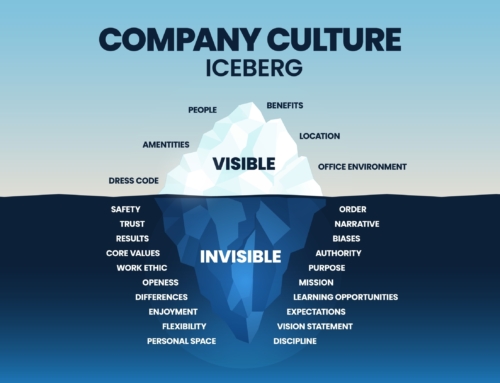We take so much for granted these days when it comes to communication – we do so much of it that we have lost some of its goals and objectives almost accepting that’s the way it is.
When I was at school, I was taught the “basic communications model”, I’m sure you’ll remember it:
- Sender
- Encodes the message
- Selects the channel to deliver the message
- Receiver decodes the message
- Message is received and understood.
We were taught to be careful about how we encode the message we’re sending as the receiver may not decode it in the way it was intended and could misunderstand the message.
We learnt that the most important thing about any communication is to ensure the receiver has actually received the message and understood it and that the communications cycle is only complete once there is common understanding – otherwise it is little more than a thought in the sender’s head.
Our technological age has offered us a number of alternative “channels” for communications, but in that, somewhere we have lost this essential ingredient – a communication is incomplete until both parties have that common understanding.
Are you ensuring that the communication channel you select is appropriate to the importance of the message you wish to convey? If the message is important, do you check that it has been received and correctly understood? Should you be speaking to someone rather than sending a text? Should you call and then confirm your conversation with an email? Does this warrant a face-to-face meeting to actively ensure that your message is understood correctly?
Allow me to be a little blunter, sending a text or an email and then washing your hands of your responsibility for communicating something important is not communication. The assumption, of course, is that the email or text has arrived at its intended destination, we put 100% faith in these channels (which have proven time and again to be unreliable). The second assumption is that the receiver has decoded the message correctly – another erroneous assumption.
If you’re not getting your message across, time to revisit your channels of communication and how you encode the message and most important of all, that the receiver has received and understood your message.














Dr Susan Roberts says: